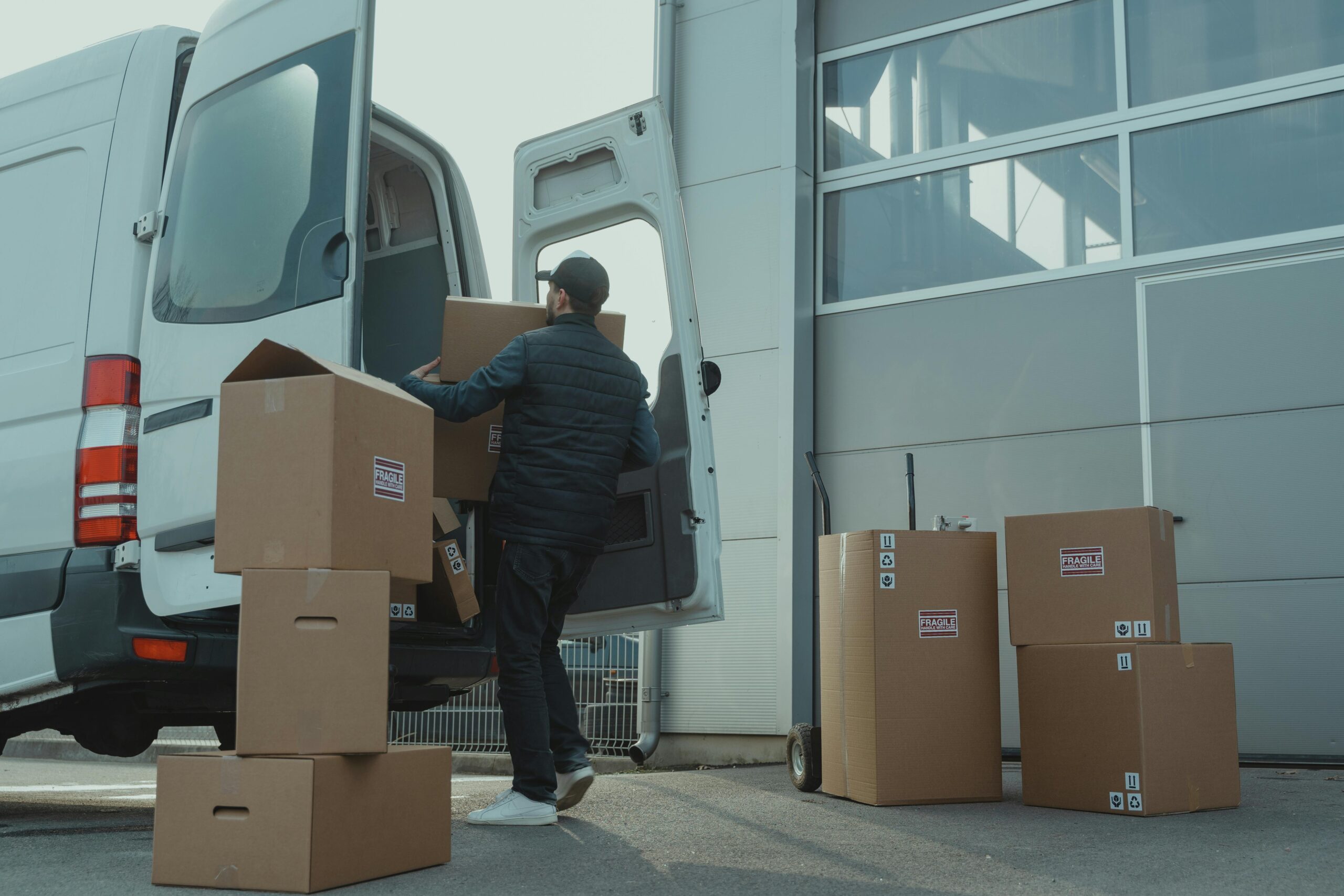Moving can be stressful, especially when it comes to packing fragile items. Protecting delicate belongings during a move requires careful planning and proper techniques. Wrapping each item individually in bubble wrap or packing paper is essential for safeguarding fragile possessions.
Choosing the right packing materials is crucial for a successful move. Sturdy boxes, bubble wrap, packing paper, and packing tape are must-haves for securing breakable items. Consider using specialized containers for particularly delicate objects like glassware or artwork.
Proper packing techniques can make all the difference in preventing damage during transit. Fill hollow items with crumpled packing paper to provide extra support. Place heavier objects at the bottom of boxes and lighter ones on top. For added protection, professional movers in Ventura County, CA recommend using dividers or extra padding between items to prevent shifting during transport.
Key Takeaways
- Use appropriate packing materials and wrap items individually for protection
- Properly fill and arrange boxes to minimize movement and potential damage
- Consider hiring professional movers for expert handling of fragile items
Essential Packing Materials and Techniques
Proper packing materials and techniques are crucial for protecting fragile items during a move or storage. The right supplies and methods can make the difference between intact belongings and broken treasures.
Choosing the Right Packing Supplies
Selecting appropriate packing materials is the foundation of safe transport for delicate items. Cardboard boxes in various sizes provide the main structure. Choose sturdy, double-walled boxes for heavier items. Bubble wrap offers excellent cushioning for fragile objects. Packing paper is versatile for wrapping and filling empty spaces.
Packing tape secures boxes and wrapping. Foam inserts and packing peanuts provide additional protection. For oddly shaped items, custom foam cutouts can be useful. Cardboard dividers help separate individual pieces within a box.
Effective Cushioning and Wrapping Methods
Proper wrapping techniques are essential for safeguarding fragile items. Start by creating a cushioned base in the box using crumpled packing paper or foam. Wrap each item individually in bubble wrap, securing with tape.
For extra protection, add a layer of packing paper over the bubble wrap. Use packing peanuts or additional crumpled paper to fill gaps between items. This prevents shifting during transit.
Plates should be wrapped individually and stacked vertically like records. Glasses and stemware require extra care – stuff the inside with packing paper before wrapping.
Correct Use of Boxes and Dividers
Choosing the right box size is crucial. Items should fit snugly without excessive empty space. For very delicate objects, consider double-boxing – place a wrapped item in a small box, then put that box inside a larger one with cushioning material around it.
Use cardboard dividers to create compartments within boxes for smaller items. This keeps pieces separated and adds structural support. Label boxes clearly as “FRAGILE” and indicate which side should be kept upright.
Don’t overfill boxes with heavy items. It’s better to use multiple smaller boxes than one large, unwieldy container. Seal boxes securely with packing tape, reinforcing the bottom and top seams.
Finalizing and Preparing for Moving or Storage
Proper organization and careful handling are crucial in the final stages of packing fragile items. Clear labeling, inventory management, and addressing special considerations ensure smooth transportation and storage.
Strategies for Labeling and Inventory
Label boxes clearly with their contents and handling instructions. Use large, bold letters to mark “FRAGILE” on all sides. Include directional arrows indicating which side should stay up. Create a detailed inventory list of each box’s contents. Number boxes and correspond them to the inventory list for easy tracking.
Use color-coding systems to identify items by room or priority. Affix bright stickers or use colored markers for quick visual sorting. Take photos of valuable or complex items before packing as a reference for reassembly or insurance purposes.
Keep an extra copy of the inventory list separate from the packed items. This helps in case the original gets misplaced during the move.
Handling Special Items and Temperature Sensitivities
Pack temperature-sensitive items separately and clearly mark them. Electronics, candles, and certain medications may require climate-controlled transportation or storage.
Use insulated boxes for items needing consistent temperatures. Add cold packs for short-term moves of heat-sensitive objects. Wrap wooden furniture in moving blankets to protect from humidity changes.
For antiques or valuable art, consider custom crating. These specialized boxes provide extra protection against temperature fluctuations and physical damage. Consult with art handlers for museum-grade packing materials if needed.
Engaging Professional Packing Services
Professional packers bring expertise in handling delicate items. They use industry-standard materials and techniques to ensure maximum protection. Research reputable moving companies that offer packing services.
Professionals can pack challenging items like chandeliers, large mirrors, or bulky sculptures. They’re equipped to create custom boxes and padding for oddly-shaped objects. Their efficiency can save time and reduce stress on moving day.
Discuss insurance options with the packing service. Understand their liability coverage and consider additional protection for high-value items. Get a detailed estimate and timeline for the packing process before committing to a service.
Conclusion
Packing fragile items requires careful planning and proper techniques. Using quality packing materials, wrapping items individually, and filling empty spaces in boxes are essential steps. Labeling boxes clearly and taking extra precautions with extremely delicate objects help ensure safe transport.
With these tips in mind, you can protect your valuable and breakable possessions during a move or while in storage. Proper packing minimizes the risk of damage and provides peace of mind.

